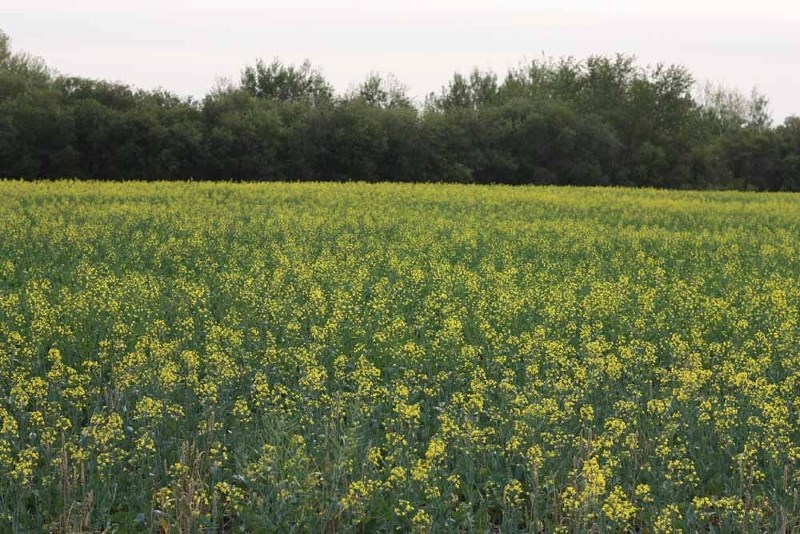A record dry season has the outlook looking bleak for farmers in the region, with a lack of precipitation affecting everything from hay to pasture to cereals, says County of St. Paul agriculture fieldman Dennis Bergheim.
“We were used to getting 10 inches of rain the last few years, and now we’re down to an inch and a half, two inches,” he said, adding later, “It’s stressful on the farming community.”
June saw little rainfall, at a time when rains were sorely needed for the growing season, and the effect can be seen all throughout the county, with some areas faring worse than others.
“Hay crops are depleted as well as the pastures. Cereal crops - canola crops, are not doing very well at all,” he said, adding his prediction that there will be a 60 to 70 per cent less in hay crop yields from last year. The damage has been done to the hay, and while there’s still time for the cereals to improve, he notes, “You just drive around the countryside and you can see the crops, it’s not looking good.”
Without any incoming rainfall, cereal crops will prematurely ripen, he said, adding, “That’s what’s going to happen. The yields will be down dramatically.”
This affects cattle producers too, he notes, as livestock producers will have to sell cattle if they don’t have enough hay to put them through winter. Right now, livestock prices remain decent, but if western Canadian producers all have to start selling cattle, the prices will obviously drop, he said.
This year is the driest spring on the Prairies in 68 years of official record keeping, with much of Western Canada’s farmland showing extremely dry conditions. The d-word of drought looms, as the long-term forecast predicts more dry conditions and heat through until September, with temperatures expected to be six to 11 degrees higher than average in Western Canada.
The hot and dry weather also heats up the fire risk, notes Bergheim, saying, “It’s not good for anybody, unless you want to spend your time at the lake.”
Chris Schuh, manager of fertilizer retailer Dechaine Enterprises, notes that as difficult as conditions have been in the County of St. Paul, other places have reportedly suffered even worse, including Vermilion, Vegreville and even the Lac La Biche area.
The dry weather also brings in higher pressure from pests like grasshoppers, which some producers are starting to notice affecting fields, he said.
When the word drought comes up, Schuh is loathe to say that St. Paul is there yet, but says, “We need water fast . . . this heat is going to push us overboard on the grain crops.”
While farmers have done what they could in getting their inputs in, the rest is up to chance, he says, noting, “If Mother Nature doesn’t participate, it’s still a gamble.”
Colette Gascon-Zahar, whose family farms in the Vilna area, says it’s a “desperate feeling,” what with the dry pastureland and suffering crops.
Rain would be welcome by both farmers and firefighters, she noted, and in an online letter to Mother Nature, pleaded for a break in the hot, dry weather. “Can't promise I won't complain when you throw us -40 and snow but for now, I’ve had enough!”



